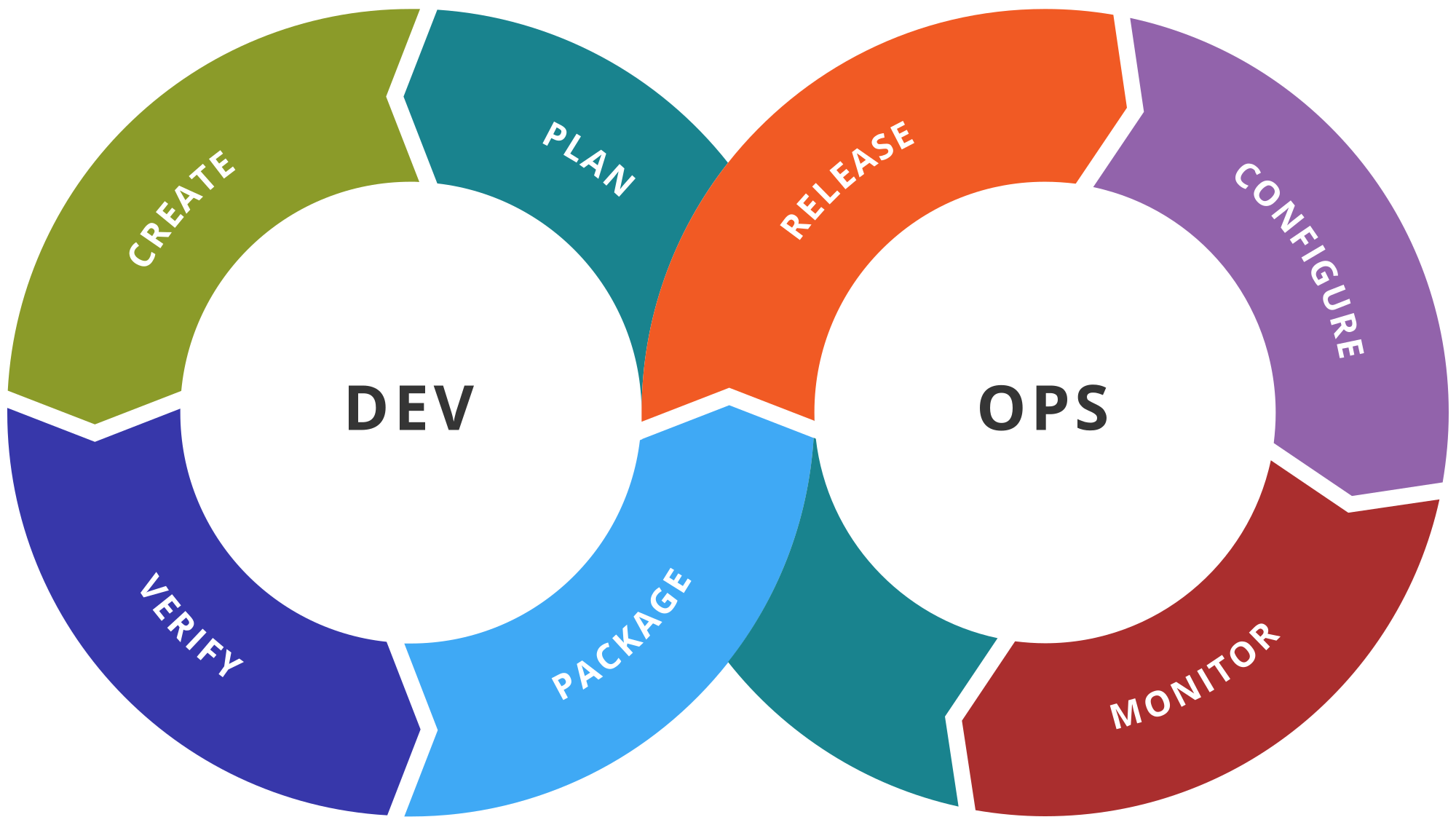DevOps is revolutionizing the method that organizations have been following to approach software development. DevOps allow the business to maintain pace with the growing business demand by providing rapid updates for mobile applications and cloud.
It is now essential to streamline process, organizations, and other tooling workflows for pushing quality software features to the end-users with more pace, precision, and effectiveness. The first step to quicker customer response is by replacing manual labour with automation.
Speed and agility are what drives companies towards their business goals by meeting every user’s demands and market requirements.
As business organizations are developing software products from the customer POV, developers are the one who needs to identify the demand and deliver relevant products.
Unprecedented market trends, soaring user demands, varied user needs, and business goals, there are too many factors to consider during the Software Development Lifecycle, aka SDLC. Which means, in every step, developers are challenged with copious variables that come with separate business and technical difficulties.




